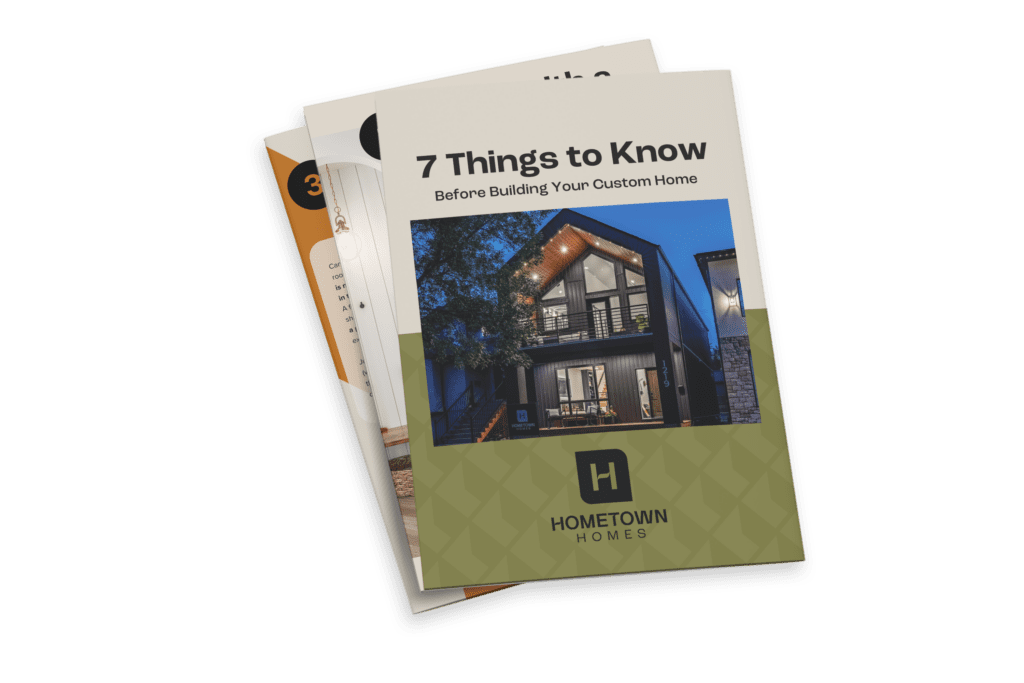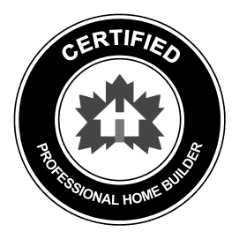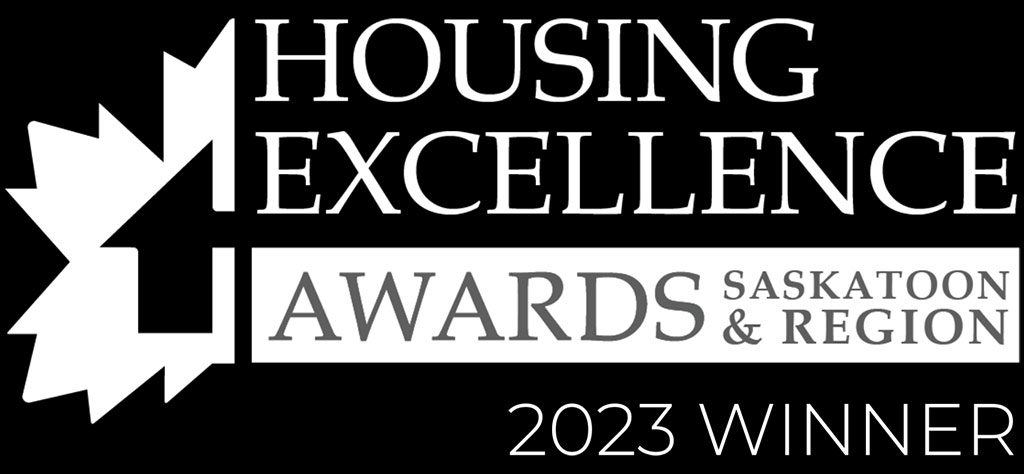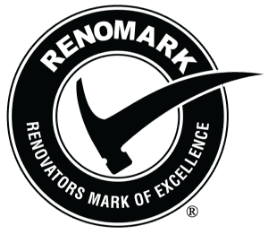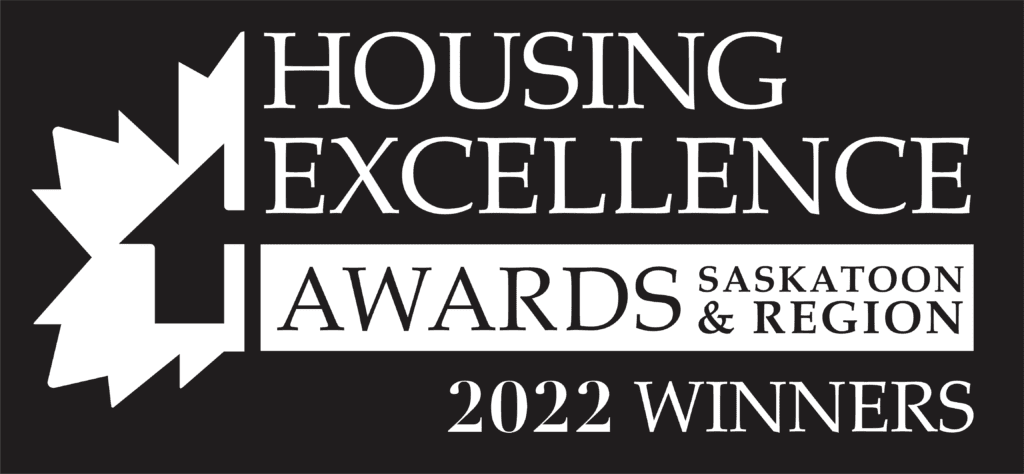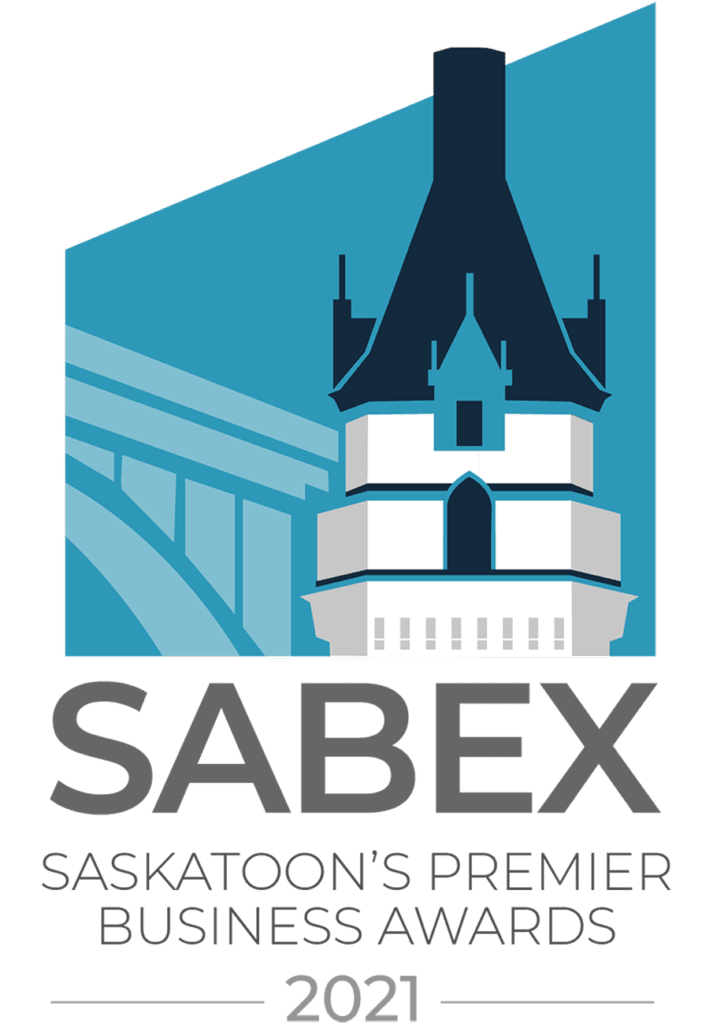Let’s be honest: No one dreams about cold feet on hardwood or insane power bills when building their dream home. But a lot of people end up there — wondering why their brand-new home feels drafty and costs a fortune to heat.
If you’ve ever thought, “Shouldn’t a new home be more comfortable and cheaper to run?” — you’re absolutely right.
Here’s the good news: You don’t have to settle. You just need to know what makes a home actually energy efficient — beyond the buzzwords.
Something we should brag more about is that we’ve made it our mission to build homes that aren’t just pretty, but also energy efficient. Our custom homes end up being 20% to 40% more energy efficient than the minimum energy code required in Saskatchewan. And as a Net Zero Home Qualified Builder, we know a thing or two about how to make your home work smarter, not harder.
Let’s break this down — plain and simple — so you can make smart choices before you build.
First, What is a Net Zero Home (And Do You Need One?)
A Net Zero home is like the Tesla of houses. It produces as much energy as it consumes with the help of solar panels.
Now, do you need a full Net Zero home? Not necessarily — but here’s the kicker: The closer you get to Net Zero, the more comfortable and cost-effective your home will be. Think: No drafts, no sweating in the summer, and energy bills that don’t make you cry.
A Net Zero Ready home is built with the same energy saving products and processes and has the same, quality building envelop, the only thing a Net Zero Ready home is missing is a solar array.
Whichever direction you may want to take, in order to build a Net Zero or Net Zero Ready home, you must work with a Net Zero Homes Qualified Builder (hey, that’s us!).
The Secrets Behind an Energy Efficient Home (No Fancy Degree Needed)
1. The Building Envelope — Think of it Like a Winter Jacket
Your home’s building envelope is what separates the cozy inside from the wild Saskatchewan weather outside. It’s made up of your walls, roof, windows, doors — everything that wraps your home.
If this “jacket” is thin, leaky, or poorly zipped up — guess what? You’re paying to heat (or cool) the outdoors.
Pro Tip: Look for a builder (like us!) who focuses on tight, well-insulated building envelopes. We have an internal quality assurance and quality control program that we have developed that all of our builds follow to ensure our clients have a solid building envelop. It’s like a Canada Goose instead of a clearance-rack windbreaker.
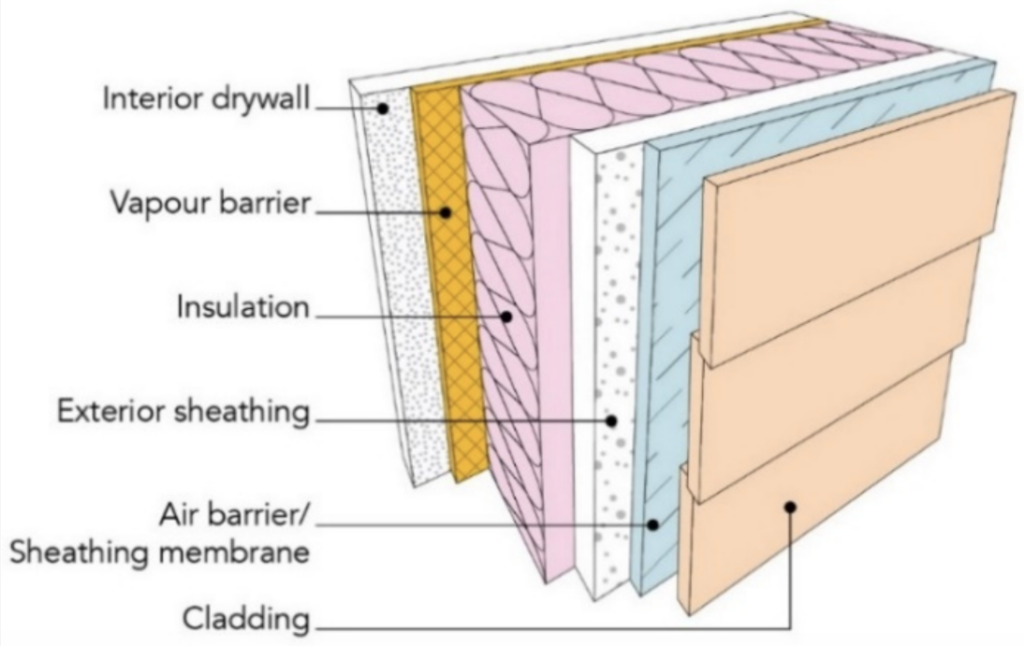
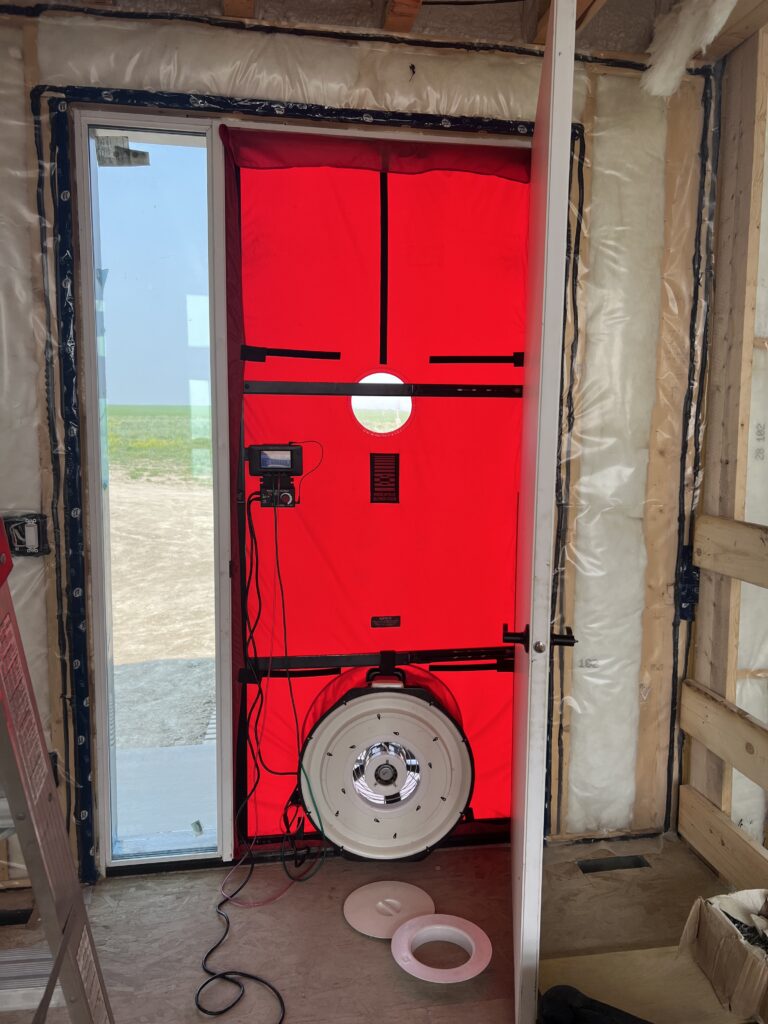
2. Air Barrier and Weather Barrier — Your Home’s Shield Against the Elements
Ever feel a draft even when the windows are shut? That’s what happens when air barriers are done poorly.
- Air barrier = Keeps inside air in and outside air out.
- Weather barrier = Keeps rain, snow and wind from sneaking in.
Together, these make sure you’re not fighting the weather with your wallet.
The mechanism for determining how ‘good’ your air barrier is is to do a blower door test. Every custom Hometown home gets two blower door tests; one at pre-drywall and one at the final stage of construction.
Long story short, a blower door test measures your home’s air changes per hour and the lower the number, the better. To achieve Net Zero or Net Zero Ready status, the home must hit 1.5 air changes per hour or lower (Psssttt! Our latest lottery home achieved 0.45 air changes per hour. Snaps for Hometown and our QA/QC process!).
3. R-Values — The Secret Code for Insulation
We’ll make this simple: The higher the R-value, the better the insulation. Think of it like SPF for sunscreen — you want more when you’re up against tough weather.
Bonus: Higher R-values = lower energy bills and better comfort (yes, warm feet included).
Ever since our very first build we’ve been going above and beyond by spray foaming rim joists and have since upped our standard even more to include an upgraded batt and blow-in insulation. Then wrap that house in styrofoam and you’ve got yourself one comfortable and efficient home.

So Why Bother with All This? Here’s What You Actually Get:
Lower Energy Bills — because who doesn’t love saving money?
A Home That Feels Just Right — no more cold floors or overheating rooms.
Less Noise — a tighter, better-insulated home keeps the outside world out.
Peace of Mind — knowing your home is built to last, not cutting corners.

Real Talk: How Much More Efficient Are We Talking?
Our custom homes are built 20% to 40% more energy efficient than a standard new home in Saskatchewan.
What does that mean for you?
- Lower monthly costs (what else could you do with your savings?).
- More comfort, every season, without fiddling with thermostats.
- Future-proofed, so if energy prices spike, you’re not sweating it.
And if you’re thinking “Doesn’t that cost more upfront?” — here’s the truth: Yes. But it’s way cheaper than paying high utility bills forever. And you’ll feel the difference every day — in your comfort and in your bank account.
Final Thought:
Your Home Should Work for You — Not Against You
You shouldn’t have to throw on a sweater in July or pay more to heat your home than your neighbour. With the right design and builder, you don’t have to.
We believe every custom home should feel comfortable to live in — and not drain your wallet just to operate it each month.
If you’re planning to embark on your very own custom home building journey, and want to know how to make your home energy efficient (without the headache), let’s chat. Because after spending making the biggest purchase of your life, you want it to look and perform top notch.
What’s the Next Step?
How Do You Know What to Ask for?
If your head is spinning with terms like R-value, air barrier, and Net Zero, you’re not alone. Not even all home builders understand or utilize energy efficient best practices. Being a Net Zero Home Qualified Builder is just one differentiator that sets home builders apart from one another. Check out our free guide, The Ultimate Guide to Choosing a Home Builder to learn what else to look for in a home builder before deciding who to trust with this journey.
Everything you need to know is included in this free guide for consumers looking to better understand the custom home building journey so you can have your own custom home without any regrets in the end!
Click on the link below to download the The Ultimate Guide to Choosing a Home Builder now.



